The competitive landscape of the Automotive Interior Material Market is increasingly dynamic and driven by evolving consumer preferences, technological advancements, and shifting regulatory frameworks.
As automakers focus on enhancing vehicle aesthetics and functionality, the demand for innovative interior materials has surged. This market is characterized by the presence of established players, as well as emerging companies that seek to capture market share through sustainability initiatives, technological innovations, and advanced design capabilities.
The collaboration between automotive manufacturers and material suppliers has become pivotal in developing lightweight, durable, and eco-friendly materials that meet the demands of modern vehicles.
With a growing emphasis on comfort, safety, and overall passenger experience, the competitive environment continues to intensify, prompting companies to adapt and innovate in response to industry trends.
Adient stands as a formidable player in the Automotive Interior Material Market, particularly recognized for its expertise in automotive seating solutions. Known for a robust portfolio of flexible seating products that marry functionality with style, Adient's strengths lie in its deep industry knowledge and relentless focus on innovation.
The company leverages advanced manufacturing processes and a global footprint that allows it to cater to various automotive manufacturers across different regions. Their commitment to sustainability through the use of recyclable materials and efforts in reducing the carbon footprint enhance their competitive advantage.
Adient's ability to collaborate closely with OEMs, coupled with its extensive R&D investments, positions it distinctly in the marketplace, allowing continuous improvement and adaptation to customer preferences within the automotive interior segment.
Covestro has carved a significant niche in the Automotive Interior Material Market through its advanced polymer solutions that contribute to modern vehicle interior design. The company specializes in offering a wide range of materials, including polycarbonate, polyurethane, and thermoplastic elastomers, which are widely used in dashboards, seat components, and interior trim.
Covestro's global market presence is bolstered by its focus on sustainability and innovation, driving the development of lightweight solutions that enhance fuel efficiency while maintaining safety standards. The strengths of Covestro are evident in its commitment to R&D and the continuous enhancement of product offerings that meet stringent automotive regulations.
Moreover, strategic mergers and acquisitions have expanded its portfolio and capabilities, enabling Covestro to provide tailored solutions that address the specific needs of global automotive manufacturers. The company's emphasis on collaboration with industry stakeholders further solidifies its position as a leading supplier of automotive interior materials on a global scale.


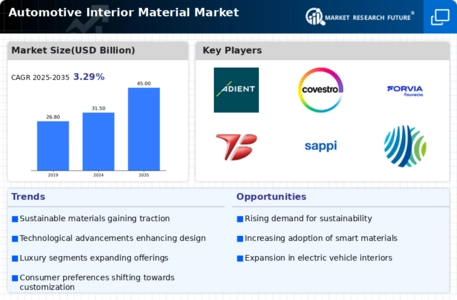
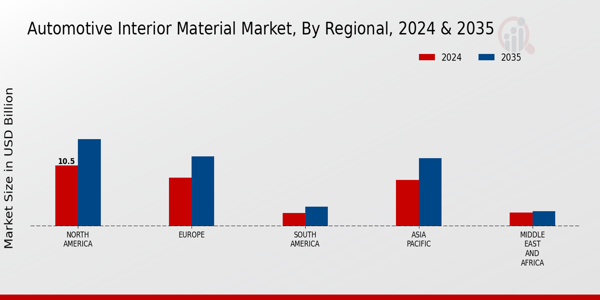



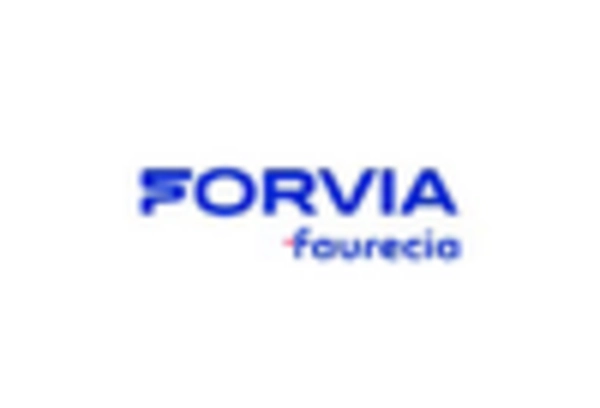
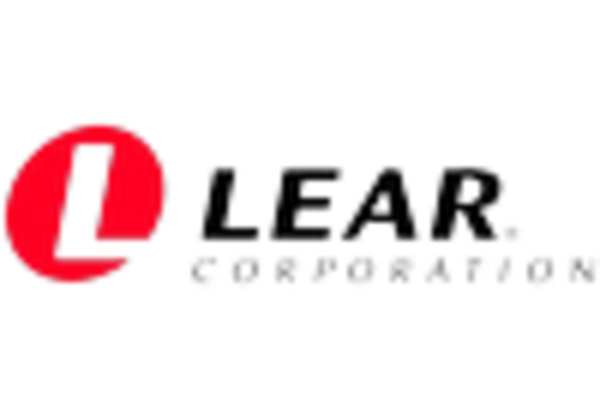
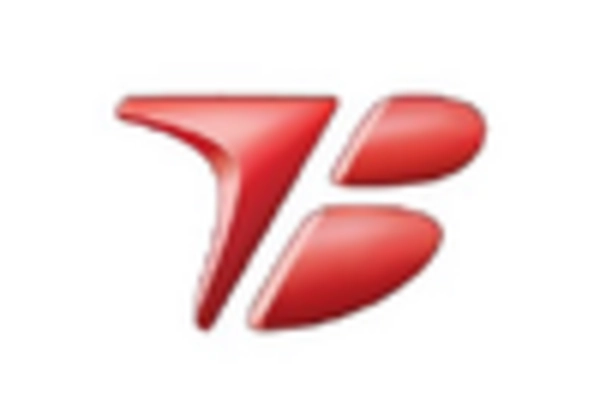








Leave a Comment